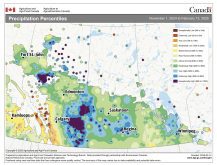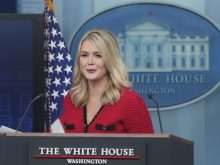Each carbon credit is a tradeable permit that allows a polluting company to emit one tonne of C02 or the equivalent amount of a different greenhouse gas. If the company produces fewer emissions, thus using fewer credits than it purchased, it can sell excess credits to other parties who need them. A carbon credit represents the right to release emissions. The system does nothing to reduce emissions.
Each carbon offset on the other hand, represents the production of a certain amount of clean sustainable energy to counterbalance the use of fossil fuels. A carbon offset is created when a polluting company invests in a project that reduces GHG. In a nutshell, carbon offsetting cancels out emissions produced in one place with the reduction of emission in another place. The polluting company continues emitting the same volume of C02. Carbon offsets are also measured by tonne of CO2-equivalent.
Read Also

Huge Black Sea flax crop to provide stiff competition
Russia and Kazakhstan harvested huge flax crops and will be providing stiff competition in China and the EU.
Kate Ervine, professor at Saint Mary’s in Halifax, says carbon offsets are not a viable solution to the climate crisis. “We’re actually going to pay somebody else to do a climate good and that’s going to offset our emissions or cancel out our climate bad. But it doesn’t reduce emissions.”
CultivateCI tracks carbon intensity across the farm all the way down to the field level, providing a certified carbon intensity score along with ISCC and ISO certifications. Certification under the ISCC (International Sustainability and Carbon Certification) standard assures a fully transparent supply chain.
















